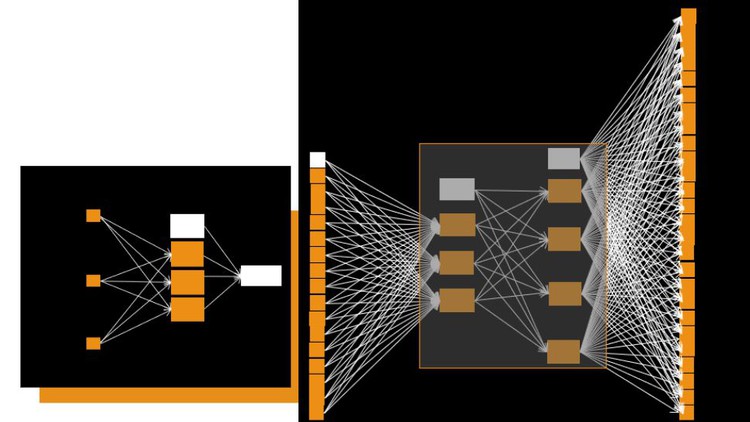
Master how Machine Learning and Deep Learning algorithms and libraries work under the hood with practical examples.
What you will learn
Introductory Python, to more advanced concepts like Object Oriented Programming, decorators, generators, and even specialized libraries like Numpy & Matplotlib
Mastery of the fundamentals of Machine Learning and The Machine Learning Developmment Lifecycle.
Linear Regression, Logistic Regression and Neural Networks built from scratch.
Building a simple Deep Learning library from first principles
Description
Together we are going to master in depth concepts in machine learning and python programming, then apply our knowledge in building our own neural network from scratch without using any library.
What you’ll learn in this course will not only lay a solid foundation in your Deep Learning career, but also permit you to understand how deep learning libraries work.
If you’ve gotten to this point, it means you are interested in mastering how neural networks work and using your skills to solve practical problems.
You may already have some knowledge on Machine learning and python programming, or you may be coming in contact with these for the very first time. It doesn’t matter from which end you come from, because At the end of this course, you shall be an expert with much hands-on experience.
If you are willing to move a step further in your career, this course is destined for you and we are super excited to help achieve your goals!
This course is offered to you by Neuralearn.
And just like every other course by Neuralearn, we lay much emphasis on feedback. Your reviews and questions in the forum, will help us better this course.
Feel free to ask as many questions as possible on the forum. We do our very best to reply in the shortest possible time.
Let’s get started.
Here are the different concepts you’ll master after completing this course.
- Fundamentals Machine Learning.
- Essential Python Programming
- Choosing Machine Model based on task
- Error sanctioning
- Linear Regression
- Logistic Regression
- Multi-class Regression
- Neural Networks
- Training and optimization
- Performance Measurement
- Validation and Testing
- Building Machine Learning models from scratch in python.
- Overfitting and Underfitting
- Shuffling
- Ensembling
- Weight initialization
- Data imbalance
- Learning rate decay
- Normalization
- Hyperparameter tuning
YOU’LL ALSO GET:
- Lifetime access to This Course
- Friendly and Prompt support in the Q&A section
- Udemy Certificate of Completion available for download
- 30-day money back guarantee
Who this course is for:
- Beginner Python Developers curious about Deep Learning.
- Deep Learning Practitioners who want gain a mastery of how things work under the hood.
- Anyone who wants to master deep learning fundamentals.
- Mastery of how Deep Learning libraries work and are built from scratch.
ENjoy!!!